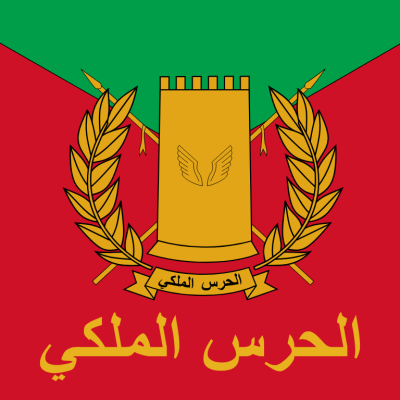COVID-19 exacerbated crises for many Middle East economies

With the onset of COVID-19 in the Middle East and North Africa (MENA) region, governments launched rapid measures to contain the spread of the virus by restricting the movements of millions of people. As lockdown measures prolonged for months to combat the virus spread, analysts observed that economic repercussions of the pandemic affected MENA countries more than other regions in the world. It is important to note that many of these MENA countries were already facing financial crises before the virus arrived in the region.
MENA countries suffered a dramatic economic cost with a shocking collapse of oil prices and disruption in the demand/supply chain due to virus containment measures such as limiting economic activities and transportation of goods and supplies. In addition, COVID-19 exacerbated regional differences, structural imbalances, and political instability in many countries.
As global GDP growth was impacted in the aftermath of the pandemic crisis, the IMF (International Monetary Fund) also predicted all MENA economies, except Egypt, to contract in 2020. Economic growth in the region is projected to contract by 5.7 percent by the end of the fiscal year with some nations shrinking to 13 percent as well. The IMF also noted that the Middle East economies need more social spending to boost inclusive growth, noting that the pandemic has intensified socioeconomic challenges in the region.
Currency devaluation in Syria and Lebanon are among the highest across the region. Small and medium-sized enterprises (SMEs) that play an important role in supporting MENA economies are also facing the brunt of pandemic shutdowns. With a sharp rise in unemployment due to job losses, poverty levels have also surged in the region with the pandemic threatening to push at least an additional 3 million people into extreme poverty. Failing tourism revenues, decreasing remittances, cratering oil demand and trade impacted the ability of MENA economies to provide adequate relief packages to control the economic fallout from the crisis.
Significantly, responses of countries in MENA to the repercussions of COVID-19 have also been uneven. Limited reporting in the region due to lack of access, capacity and political wilfulness also contributed to rising cases of infection. The impact of the pandemic negatively skewed towards weaker states of Yemen, Syria and Libya in the absence of robust public health institutions. Amid these developments, fresh outbreaks in September and October can force the governments to reenforce lockdown measures, putting further constraints to economic revival.




